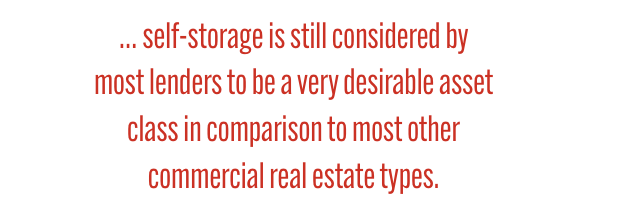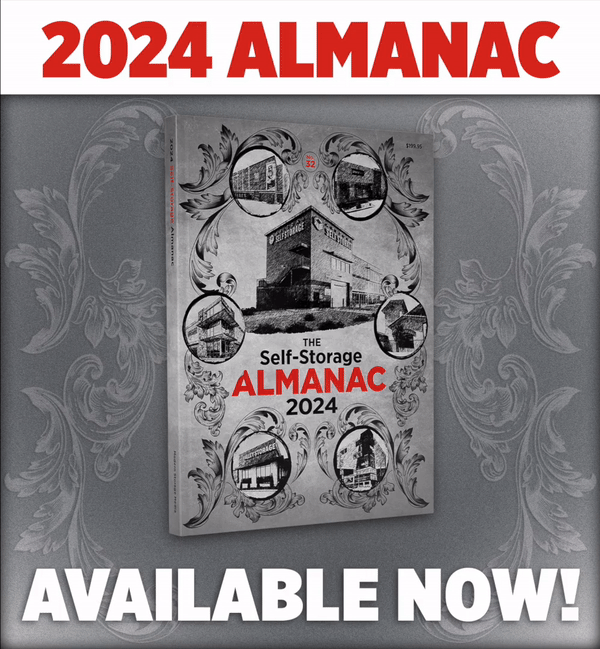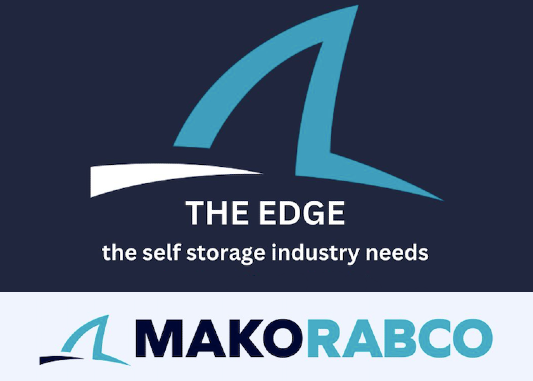The New Financing Landscape: Navigating Lending In 2024
In the first quarter of 2024, the cost of debt is substantially higher than it was only a short time ago, and many commercial real estate lenders have become more selective, more conservative, more expensive, or have stopped lending for the time being.
The good news, however, is that self-storage is still considered by most lenders to be a very desirable asset class in comparison to most other commercial real estate types. More good news was revealed in mid-December when the central bank signaled that its inflation-fighting strategy of raising rates was likely done and that multiple rate cuts were on the table for 2024. U.S. Treasury rates have begun to ease but are still a long way off from the lows of the prior few years. Despite these positives, self-storage borrowers will very likely continue to face some financing challenges into 2024 and beyond.
How Did We Get Here?
However, as with most good things, the most favorable self-storage financing environment on record finally deteriorated towards the end of 2022 and continued throughout 2023. In the battle to curb post-pandemic inflation, the Federal Reserve quickly reversed course and increased the fed funds rate at a breakneck pace (11 times from March 2022 through July 2023) to the highest level in 22 years, causing borrowing costs to quickly skyrocket and causing major stress in the banking industry. Although the banking industry did not collapse as it had during the Great Recession of 2008, a small number of banks failed as a direct result of fed policy and many other banks quickly pulled back from commercial real estate lending to varying degrees or stopped lending altogether.
As the fed funds rate quickly increased, other short-term rates followed in an almost lock-step fashion. Prime Rate increased from 3.50 percent to 8.50 percent and 30-day SOFR increased from 0.05 percent to 5.00 percent. Loan payments for adjustable-rate loans more than doubled for many borrowers, prematurely depleting interest reserves and requiring additional borrower cash infusions for many construction and value-add projects. While existing fixed-rate borrowers did not suffer the same fate, interest rates for new fixed-rate loans more than doubled from the 3 percent to 4 percent range to the 7 percent to 9 percent range as the five-year and 10-year U.S. Treasury rates climbed over 400 basis points from mid-2020 lows to almost 5.00 percent by October of 2023.
 In addition to increasing base index rates, lender spreads also increased. Spreads are the amounts lenders add to the index rate to determine the total interest rate and can be affected by a lender’s cost of funds, target profit margins, perceived loan risk, current lending allocations, and lender market competition.
In addition to increasing base index rates, lender spreads also increased. Spreads are the amounts lenders add to the index rate to determine the total interest rate and can be affected by a lender’s cost of funds, target profit margins, perceived loan risk, current lending allocations, and lender market competition.
Who’s Lending Today?
Because of the stress created primarily by the quick and drastic run-up in short-term interest rates, many banks do not have the appetite or capacity to make new commercial real estate loans. Compounding the issue is the fact that payoffs of existing loans on the balance sheet have slowed, further hindering banks from recycling their outstanding capital into new loans. For the banks who are still actively lending today, many have limited allocations for new loans and typically reserve that capacity for their existing customers or new customers who can bring deposits to the bank.
For these reasons and more, 2024 may be the year that non-bank lenders, including CMBS lenders, life insurance companies, debt funds, and others, pick up some of the slack from the banking sector. The lending capacity of these non-bank lenders has not been affected nearly to the same extent as the banking sector.
Loan Proceeds And Underwriting Challenges
NOI underwriting has also become more challenging as the self-storage industry operating performance has cooled off over the last year or so. Nationally, self-storage occupancies and “street” rental rates (rates charged to new customers) have begun to drop from their pandemic-fueled highs, resulting in challenges to continued revenue and NOI growth.
While increasingly sophisticated revenue management tools have preserved or even grown existing customer rental income (ECRI), ever-increasing insurance premiums, real estate taxes, and payroll expenses present further challenges to NOI growth. In addition to higher interest rates, these income and expense trends could very well further limit loan proceeds for an existing property. Underwriting for new construction projects shares all of these challenges and is also hampered by increased interest carry, slower lease-up projections, and lower rental growth projections.
Financing Strategies
- Keep perspective that today’s lending environment is not unlike others that we have experienced in prior economic cycles; there is still plenty of capital out there for our industry, albeit at lower leverage and higher rates than in the recent past.
- While there is a glimmer of hope that interest rates will back off a bit from recent highs, interest rates in the 3 percent to 4 percent range were a short-lived “blip” and are extremely unlikely to return without a major financial crisis or detrimental U.S. domestic or global event.
- Carefully evaluate new construction and acquisition opportunities, incorporating assumptions that include today’s interest rates are likely here for a while, self-storage rental growth has slowed or reversed in many markets, and operating expenses such as insurance, property taxes, and payroll will likely continue to increase.
- Educate yourself to better understand how lenders will underwrite income and expenses for new a loan today, making sure that your loan request is realistic so lenders will take the time and interest to work with you on a financing solution.
- Most importantly, widely diversify your lending sources to include many lenders across the many different lending platforms. “Relationship” lending often dries up in trying times, and while one lender may have stopped lending today, there are many others still actively lending.
–

More Content
Popular Posts
The self storage industry is in a precarious...
Joe Shoen, CEO of U-Haul, has had enough.
Like its name implies, Surprise, Ariz., a...
Joe Shoen has had enough.
In a record-breaking deal finalized May 12,...
Senate Bill 709 (SB709) has many in the...
Donald Trump has just reclaimed the White...
The question of “abandonment” of stored...
Self-storage operators wear a lot of hats....
In 1992, Clinton strategist James Carville...
Recent Posts
When Neville Kennard left for a work trip to...
Self-storage software is no longer...
The self-storage industry continues to...
Fires in California. Tornadoes in Kansas....
From policy pivots in Ottawa to tariff...
Self-storage operators have struggled to...
Their signature red coats may draw attention...
Nailing down Josh and Melissa Huff for an...





















